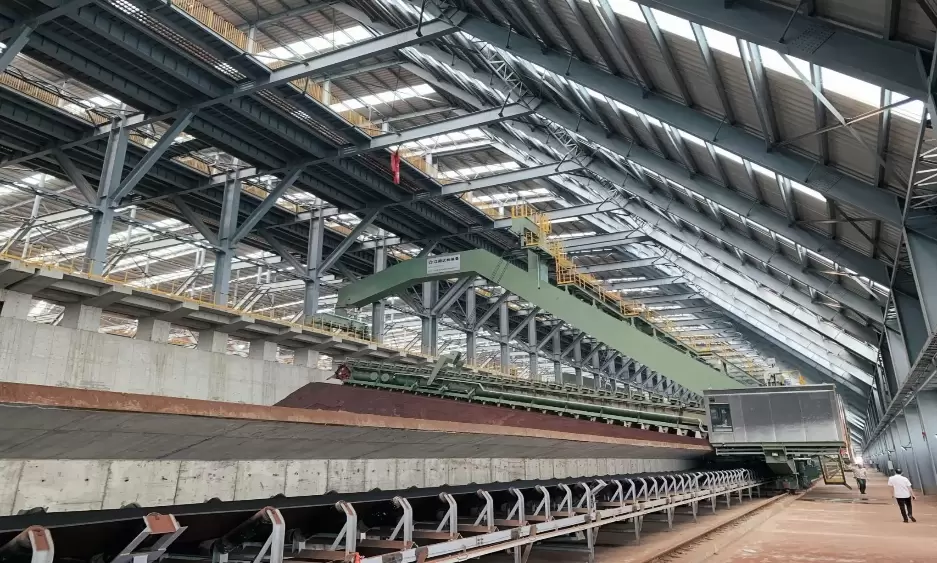
In today's interconnected world, modern mass communication plays a pivotal role in shaping societies, disseminating information, and fostering global connections. This blog post explores the multifaceted dimensions of modern mass communication, delving into its historical roots, technological advancements, and its profound impact on various industries.
- The Historical Roots of Modern Mass Communication:
To understand the significance of modern mass communication, we must trace its origins. From the invention of the printing press by Johannes Gutenberg in the 15th century to the emergence of telegraphy and radio in the 19th century, each milestone revolutionized the way information was shared. These advancements laid the foundation for the modern era of mass communication. - Technological Innovations and the Digital Age:
The advent of the internet and digital technologies has propelled mass communication to unprecedented heights. The proliferation of smartphones, social media platforms, and streaming services has transformed the way we consume and interact with information. The convergence of various media forms, such as text, images, audio, and video, has created a dynamic and immersive communication landscape. - The Power of Connectivity:
Modern mass communication has transcended geographical boundaries, connecting individuals and communities across the globe. Social media platforms like Facebook, Twitter, and Instagram have become virtual meeting places, enabling people to share ideas, mobilize movements, and foster cultural exchange. This interconnectedness has given rise to a global village, where information flows freely and instantaneously. - Impact on Industries:
4.1 Journalism and News Media:
The digital age has revolutionized journalism, challenging traditional news outlets and empowering citizen journalism. The rise of online news platforms and social media as primary sources of information has disrupted the industry, necessitating new approaches to fact-checking, verification, and maintaining journalistic integrity.
4.2 Advertising and Marketing:
Modern mass communication has transformed the advertising and marketing landscape. Targeted advertising, influencer marketing, and personalized content have become integral strategies for businesses to reach their audiences. The ability to analyze vast amounts of data has enabled marketers to tailor their messages and measure the effectiveness of their campaigns more accurately.
4.3 Entertainment and Media Consumption:
The entertainment industry has experienced a paradigm shift due to modern mass communication. Streaming services like Netflix and YouTube have disrupted traditional television and cinema, offering on-demand content and personalized recommendations. The rise of user-generated content has empowered individuals to become creators, blurring the line between consumers and producers.
Conclusion:
Modern mass communication has evolved into a powerful force that shapes our daily lives, influences public opinion, and drives societal change. Its historical roots, technological innovations, and impact on various industries highlight its transformative nature. As we navigate this interconnected world, understanding and harnessing the potential of modern mass communication is crucial for individuals, businesses, and societies alike.
Word Count: 400


